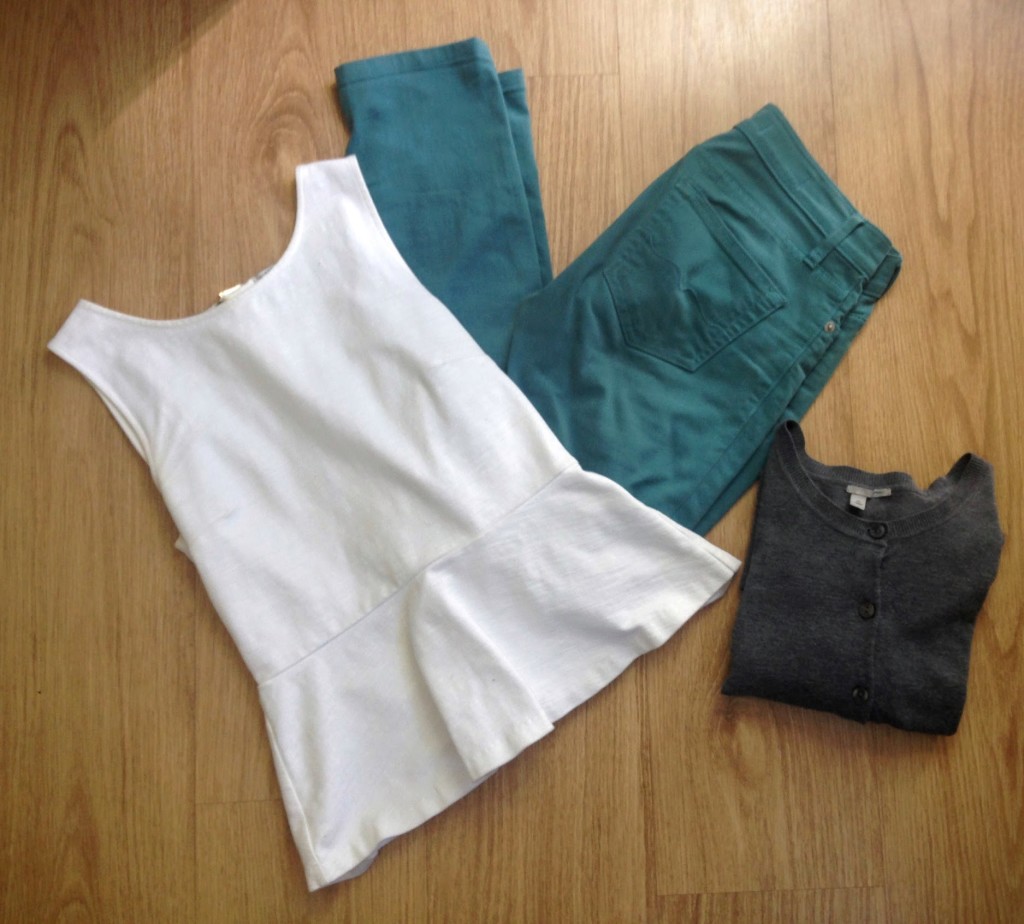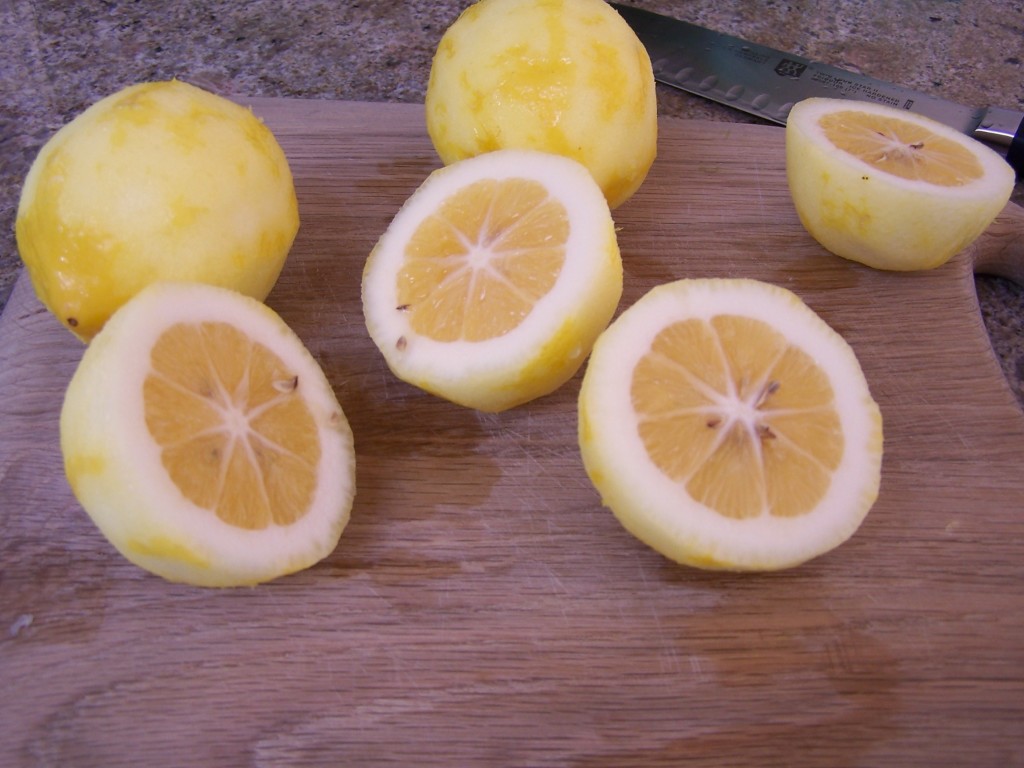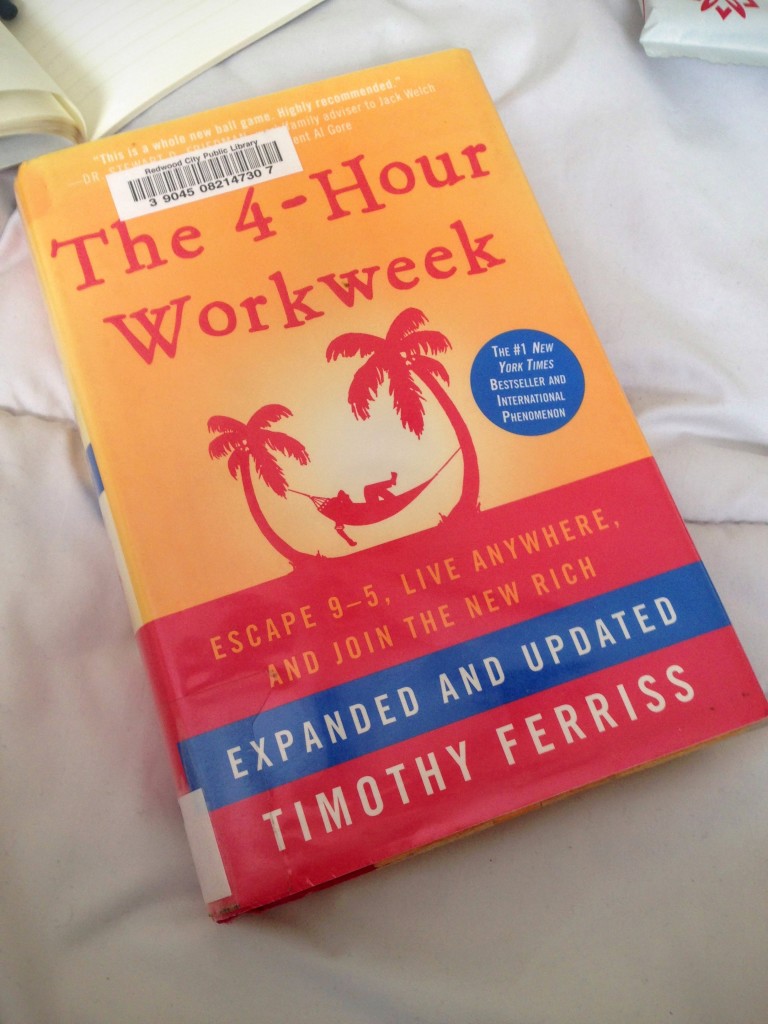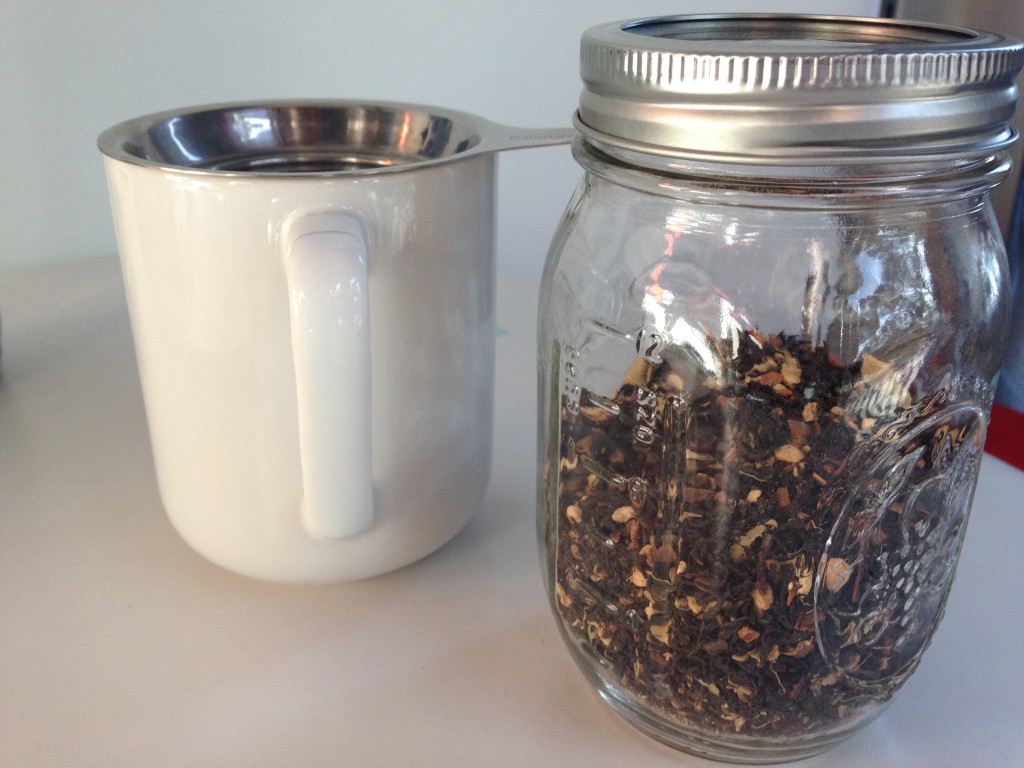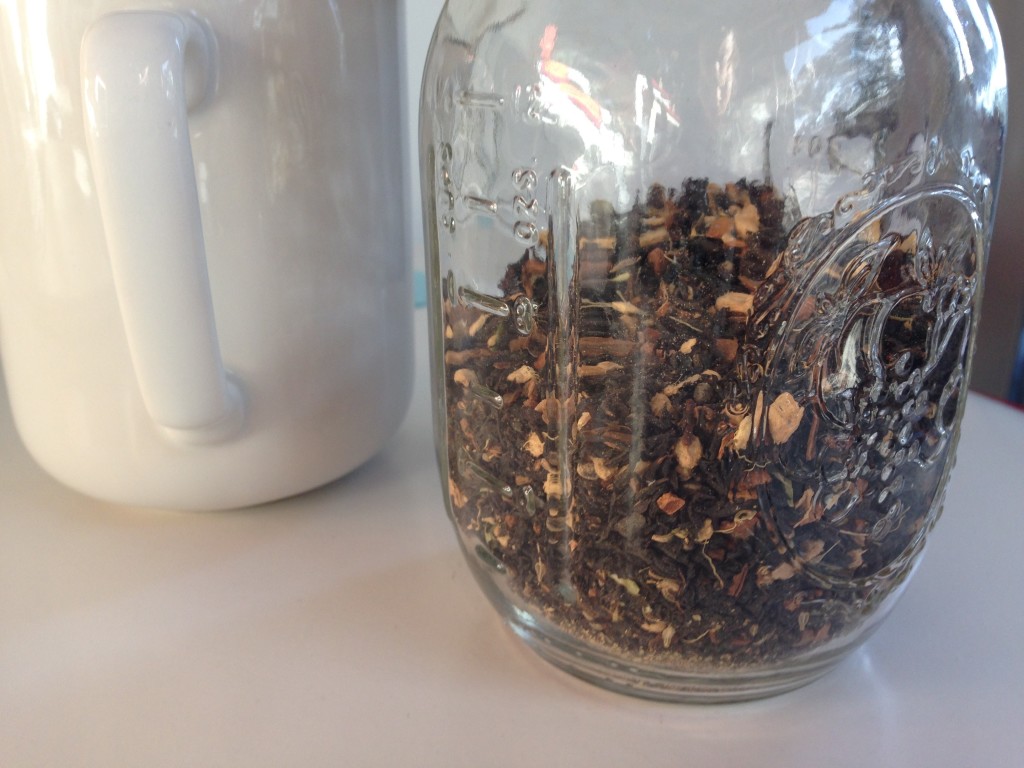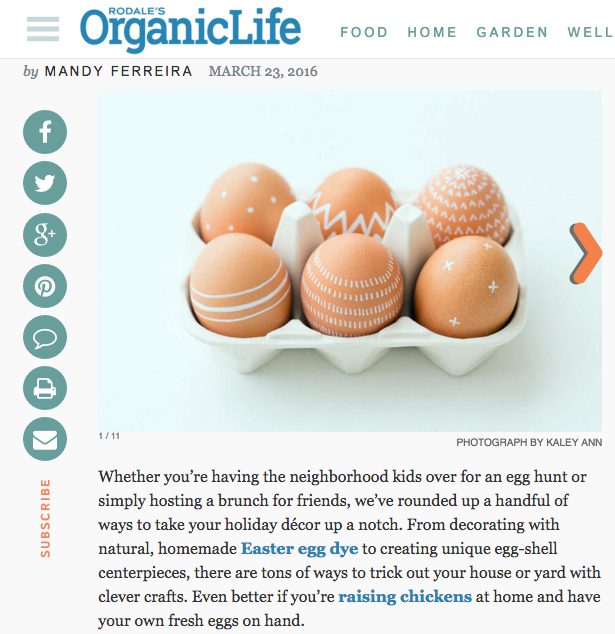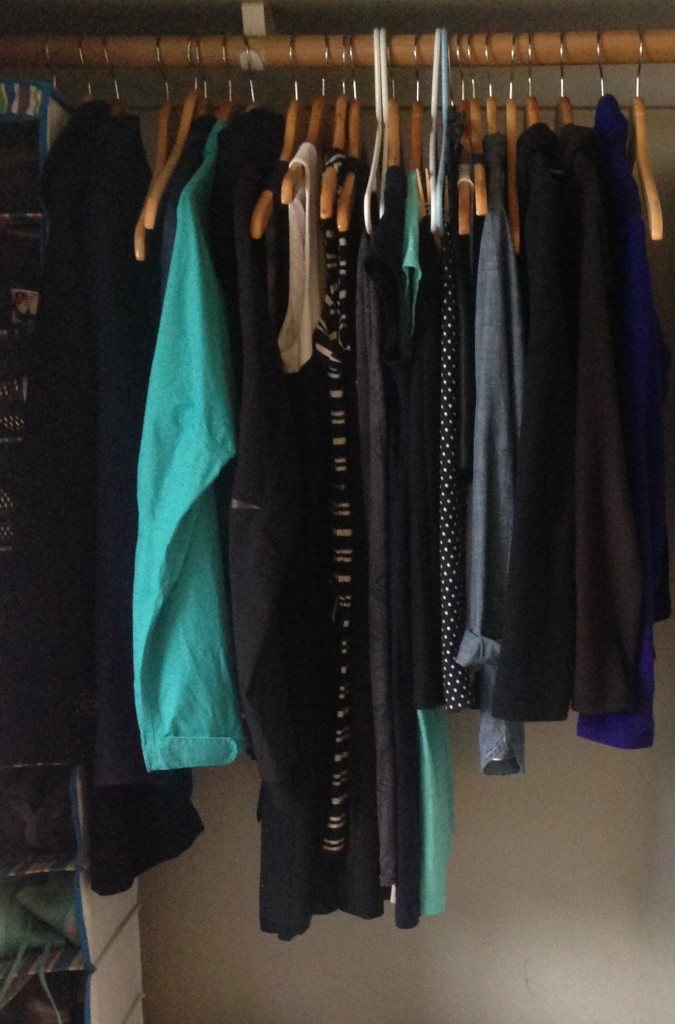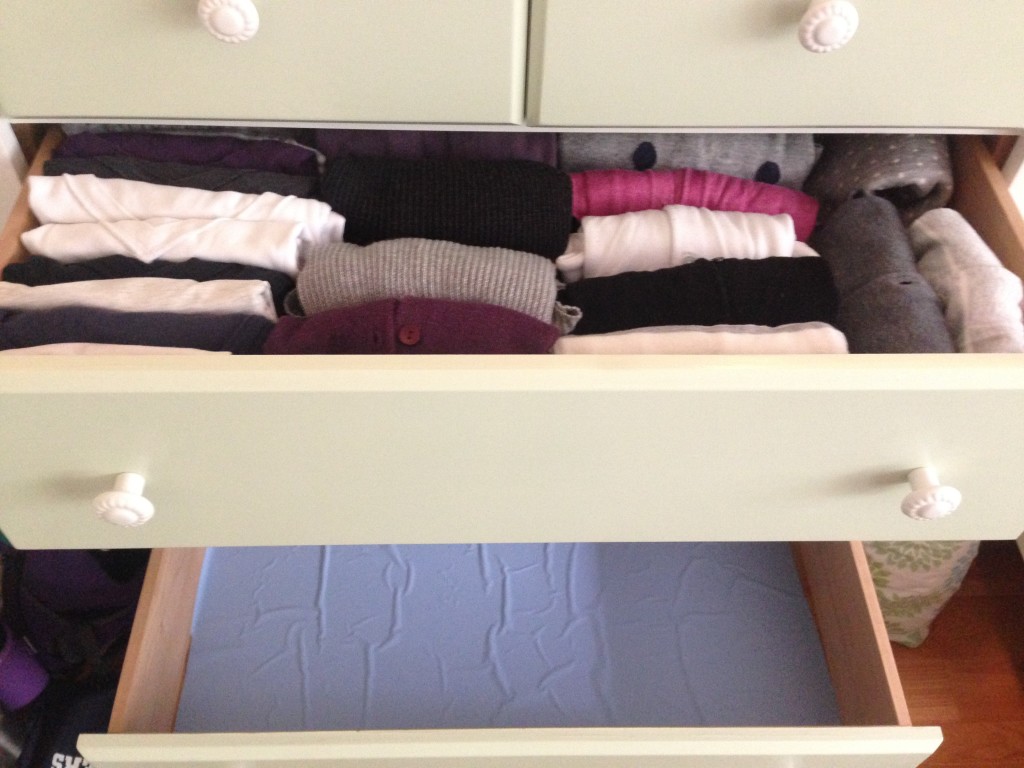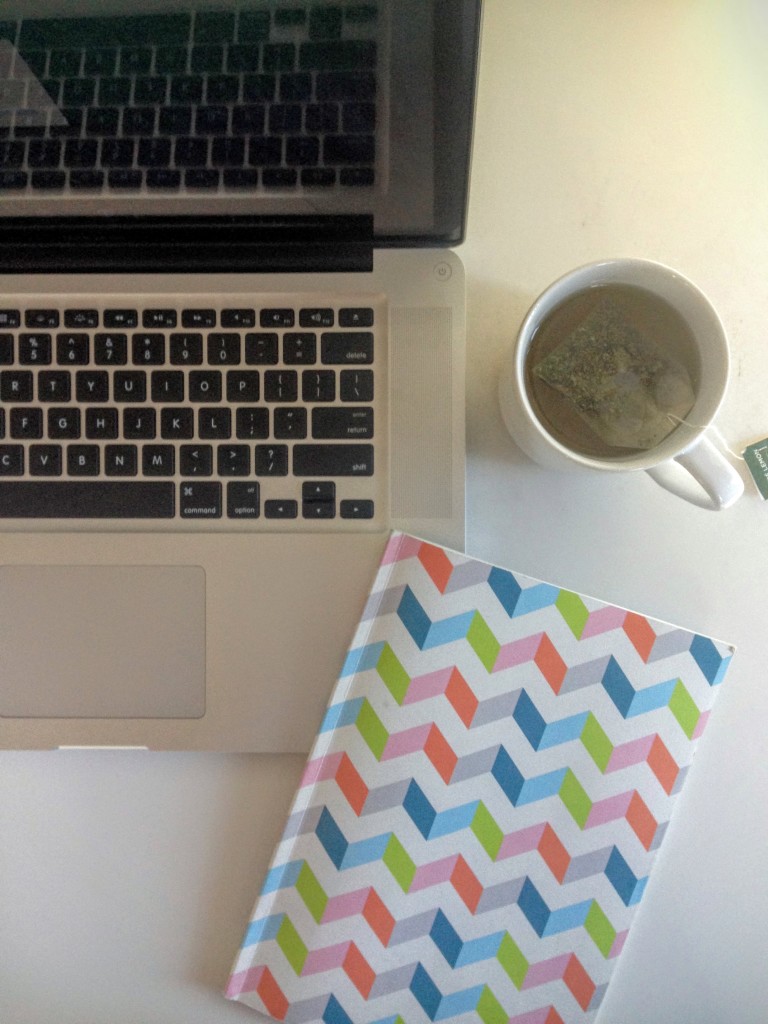11 Tips to Save Water
Earth day is only a week away! But you don’t have to wait until then to start living a little more sustainably.
Despite the recent rain, Californians are still being asked to conserve as much water as possible. It is long-past time we got serious about saving water. Whether your state is counting every drop or you are just trying to do your part, use these tips to save water.
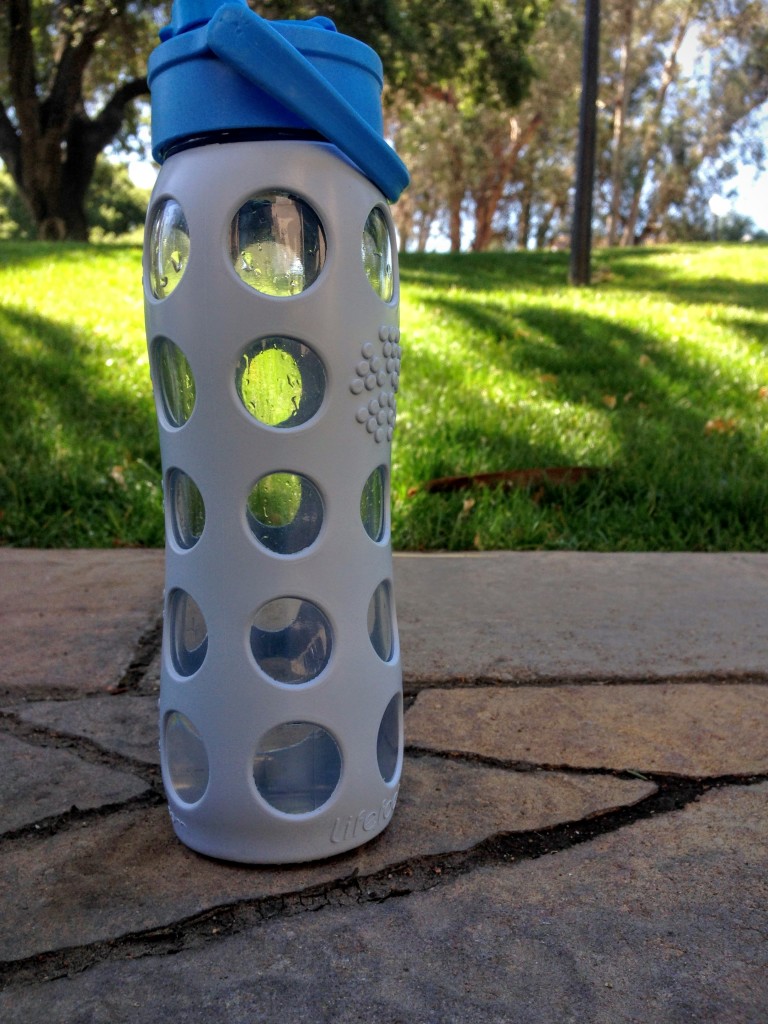
11 Tips to Save Water
1. Turn off the water when you’re washing your hands, brushing your teeth, and doing dishes. I know it doesn’t seem like much, but most of the time we have the faucet running we are just letting the water run right down the drain. Instead of rushing through your hand washing, turn on the water, rinse your hands, turn off the water, scrub with soap, turn on the water, rinse your hands, turn off the water, done! It makes a huge difference in the amount of time the water is actually running.
2. Stop watering lawns and other excessively thirsty plants.
3. Only wash full loads of laundry. It’s so tempting to do a quick load of laundry mid week with only a few things in it, but the less you do laundry, the more water you save. And since the largest carbon footprint of our clothing is not from manufacturing but from the water it takes to wash them over and over again, there are extra benefits to holding off. If you go to a laundromat, choose front-loading, European style washers. They use significantly less water (and are nicer to your clothes).
4. Opt for a shower instead of a bath, and make that shower fast. I’m aiming for seven minutes or less (which is huge for the queen of the 10-15 minute shower), and when I can, skip a shower. Showering less is actually good for you, but on days when I get really sweaty I take a quick (1-2 minute) shower where I don’t wash my hair.
5. Only run the dishwasher completely full and opt for the dishwasher over hand washing for appropriate items. You’ll use up to 35 percent less water than if you washed them by hand. When you do need to hand wash items, use a bowl or the sink and fill it with soap and water instead of washing each item individually and running the tap.
6. Wash clothes less frequently. While there are some items that need to be washed after every wear, pants, sweaters, and jackets certainly don’t need to be. Not only will you save a significant amount of water, you’ll also save the time it takes to do the laundry and you’re making your clothes last longer.
7. If it’s yellow, let it mellow. Although it’s really most convenient and least difficult to explain when you have your own bathroom.
8. Avoid meat. Eating less (or no) meat drastically cuts water consumption. A pound of beef takes nearly 2,000 gallons of water to produce from growing the feed for the animal to the production and processing of the meat.
9. Stick to one cup. I know, this is blasphemy. But cutting back on your coffee habit will impact more than just your energy levels. It takes 55 gallons of water to make a single cup of coffee. That’s 11 five-gallon buckets.
10. Drive dirty. Nixing the car wash will save you more than 150 gallons of water.
11. Break up with plastic bottles. It takes more water to create a plastic bottle than to fill it. Instead of drinking bottled water, ice tea, even that green juice, fill up a reusable bottle with your favorite beverages instead.
For more tips on how to cut your water consumption, check out this great list from National Geographic.



